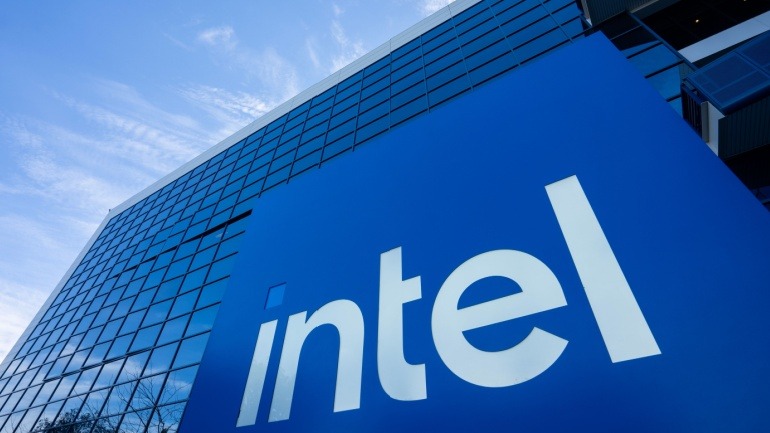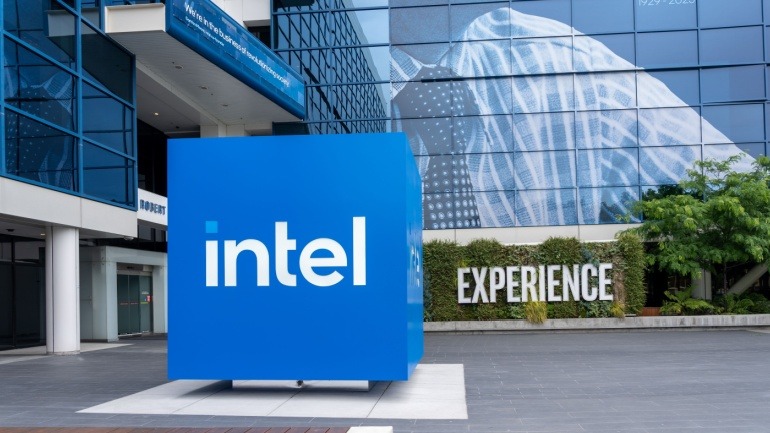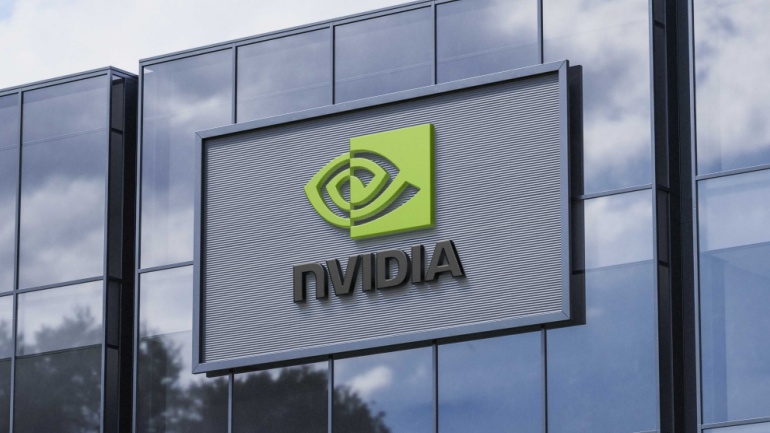Intel recently held its Technology Tour in Arizona, showcasing its future-oriented semiconductor capabilities through its latest 18A process node. This node is instrumental in crafting new client and server SoCs, which include the Core Ultra series 3 (Panther Lake) and Xeon 6+ (Clearwater Forest). These developments serve as a testament to Intel’s cutting-edge fabrication prowess located in the United States.
The tour placed Panther Lake and Clearwater Forest under the spotlight, diving deep into their specifications. Notably, the keynote emphasized Intel’s Foundry advancements. Sachin Katti highlighted technologies like RibbonFET, PowerVia, and stacking methods, describing 18A as central to the company’s overarching goals. Kevin O’Buckley echoed this sentiment, underscoring the Ocotillo campus’s new Fab 52 and its role in reinforcing global supply chain resilience.
Chris Auth later detailed the technical aspects of RibbonFET and PowerVia. According to Auth, 18A production is accelerating in Arizona and Oregon. These facilities, he pointed out, are some of the most advanced globally, challenging the prevalent narrative about semiconductor manufacturing being dominated by regions like Taiwan.
Yet, while Intel‘s innovations push the envelope, several implications arise. The groundbreaking aspects of these advancements lie in the RibbonFET’s enhanced transistor capabilities and PowerVia’s novel interconnect solutions, promising better efficiency and reduced power loss. Still, there’s an argument about the costs involved, especially with backside power delivery. Intel addressed this, noting process optimizations to mitigate expenses. Another layer to consider is Intel’s strategic packaging approaches like Foveros which improve performance and cost efficiency.
On a strategic front, Intel has taken significant steps under new CEO Lip-Bu Tan. The company secured substantial investments, including $2 billion from SoftBank and $5 billion from NVIDIA. These investments, aglow with confidence in Intel’s U.S.-based semiconductor future, underline the global stakes of Intel’s ambitions.
However, the forward path isn’t without potential hurdles. Developing the subsequent 14A node hinges on securing notable external customers. If this fails, as stated in a recent SEC filing, Intel might reconsider its strategy.
As the company continues to redefine its landscape, these technological strides bear watching. With environmental and geopolitical factors tightening around supply chains, America’s semiconductor industry could play a pivotal role in global tech dynamics. Though challenges remain, Intel’s developments offer a promising glimpse into this evolving frontier.







